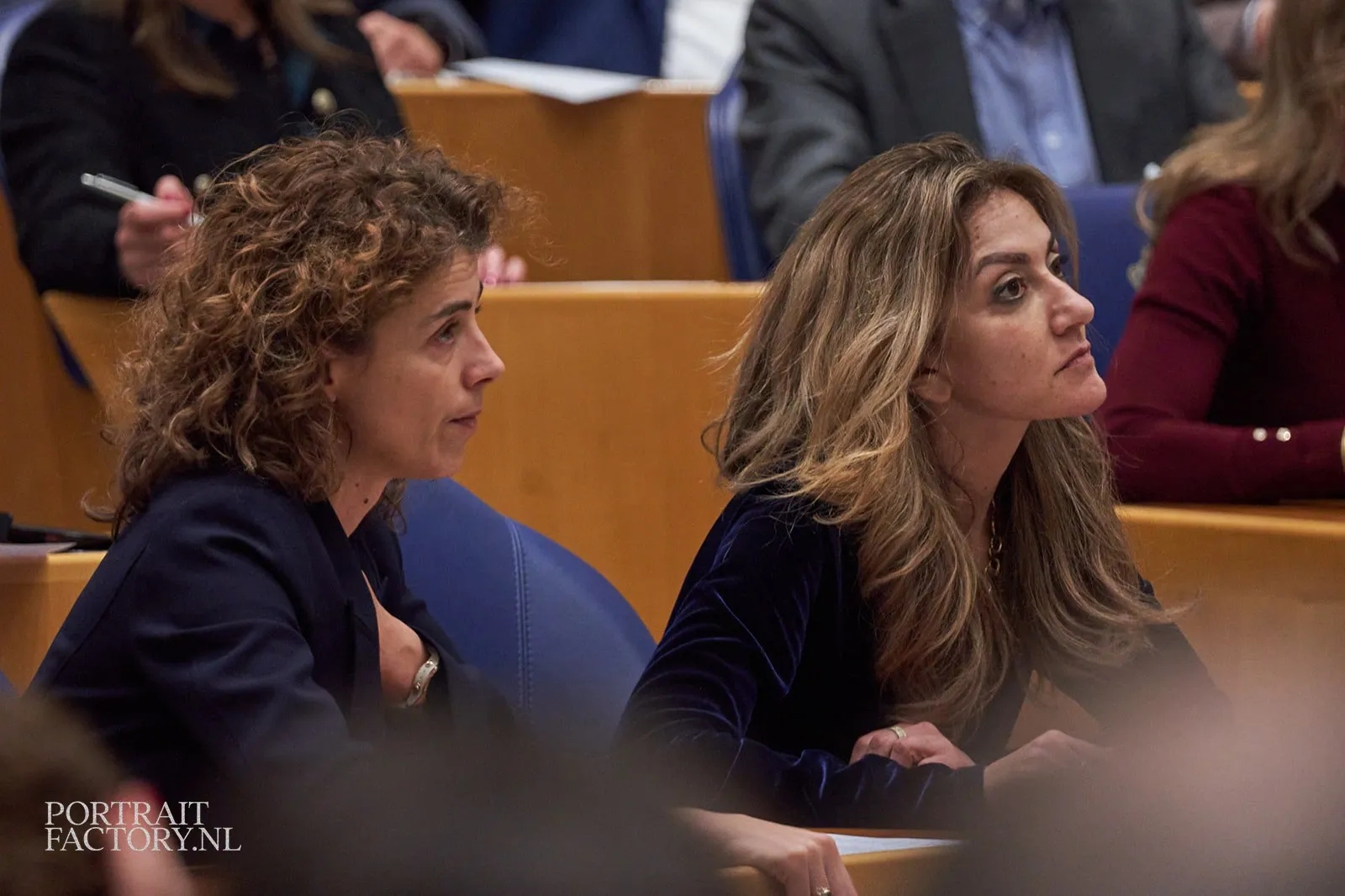Opwarmings'pauze' kan nog vijf tot tien jaar duren
Twee klimaatpausen ex cathedra over einde 'hiatus'.
Klimaatalarmisten hebben ons voortdurend een spoedige hervatting van die verschrikkelijke opwarming van de aarde voorspeld. Maar die wilde tot dusver maar niet komen. Nu hebben echter twee prominente mainstream klimaatwetenschappers ex cathedra aangekondigd dat het over vijf tot tien jaar afgelopen zal zijn met de opwarmings'pauze' ofwel 'hiatus': Gavin Schmidt en Mojib Latif.
Onder de titel, 'Pause Over Within 10 Years Says NASA's Schmidt', rapporteerde Climate Science
Greenhouse gas warming will overcome the natural cooling due to volcanoes, reduced solar output and other factors in five to 10 years and end the pause in global warming, climate scientist tells press.
Global temperatures will resume their long term growth trend within five to 10 years ending the so called pause in global warming, a leading climate scientist has predicted.
The pause – which on some measures has gone on since the mid–1990s – continued into 2014 on the basis of global temperature data released last week by US space agency NASA and the National Oceanic and Atmospheric Administration (NOAA) of the US.
However, the warming effect of greenhouse gases such as carbon dioxide will grow sufficiently to overcome the combined impact of various natural climate cooling factors, journalists on a telephone news conference were told last week by Gavin Schmidt, director of NASA's Goddard Institute of Space Studies.
There is evidence that volcanoes and a slightly dimmer Sun have acted to cool the Earth recently and so offset the warming impact of greenhouse gases, according to Schmidt, widely seen as a strong advocate for the case that humans are causing climate change. But Schmidt said that he did not expect the global warming pause – which he referred to as the hiatus - to persist.
This is because the warming impact, or forcing, due to greenhouse gases in the atmosphere would keep growing with continuing emissions of greenhouse gases, Schmidt said, and "in five to ten years time it is changes in greenhouse gases that will dominate".
NASA and NOAA announced last week that 2014 was the warmest year recorded since measurements began but the fact is that the margin is so small as to be statistically meaningless. NASA itself ranks the probability that 2014 was the warmest year at 38 per cent while NOAA is slightly more confident putting the probability at 48 per cent.
The difference between global mean surface temperature in 2014 and the previous warmest years on record, 2010 and 2005, is measured in just hundredths of a degree on both the NASA and NOAA analyses. This is within the margin of error of the data which means that there is no statistical difference between global temperatures in 2005, 2010 and 2014.
The existence of the pause in global warming was acknowledged by the Intergovernmental Panel on Climate Change in its most recent report published in 2013 but there has been significant debate about the actual duration of this hiatus with some commentators alleging that the length is exaggerated by cherry-picking the start date as 1998 – a particularly warm year due to a particularly strong El Nino Pacific Ocean warming event. ….
A number of possible explanations have been put forward to explain the pause These include a build up of heat in the deep oceans, a weakening of solar activity and aerosols of volcanic ash in the atmosphere that reflect the sun’s rays back into space. However, the impact of solar activity and volcanoes does not appear sufficient to explain the problem and the accumulation of deep ocean heat appears to be somewhat elusive – the measured increase in ocean heat content being less than that required to explain the pause.
Recent research has implicated long term cycles in the oceans but there is no agreed mechanism with some papers attributing the pause to Pacific Ocean cycles, other research pointing to changes in the Atlantic and one recent paper saying that all the oceans are involved.
There is also a suggestion that the pause is an artefact of the way the data is analysed and that it only appears to exist because faster warming in the Arctic has been excluded from the various global temperature analyses. Another possibility is that the pause is an entirely natural variation in the climate cycle around an underlying upward trend in global temperatures.
None of these explanations has gained widespread acceptance. ....
Lees verder hier.
Ook de Duitse klimatoloog Mojib Latif verwacht over enkele jaren een einde aan de 'hiatus'. In een recent interview met Der Spiegel verklaarde hij daarover:
Ein einziges Rekordjahr reicht nicht aus, um eine Trendwende auszurufen. 2014 kann auch ein zufälliger Ausreißer nach oben gewesen sein, der hauptsächlich auf natürliche Schwankungen zurückzuführen ist. Es lässt sich somit nicht ausschließen, dass die Erwärmungspause noch ein paar 3 Jahre lang andauert. Doch spätestens nach 2020 werden die Temperaturen wieder stark ansteigen.
Aldus Latif.
Het is positief te waarderen dat Schmidt en Latif nu met redelijk nauwkeurige uitspraken zijn gekomen over hun verwachtingen met betrekking tot de hervatting van de temperatuurstijging. Dan hebben ze ten minste geen uitvluchten meer als ze – opnieuw – de plank misslaan. En dan kunnen we ze ook aan de schandpaal nagelen. (Om misverstand te voorkomen: dit is figuurlijk bedoeld.)
Voor mijn eerdere DDS–bijdragen zie hier.
Ga verder met lezen
Dit vind je misschien ook leuk
Laat mensen jouw mening weten


